introduction
With the modernization of production technology, monitoring systems under various production environment conditions are also constantly developing. Traditional monitoring systems mostly use wired methods. The advent of wireless sensor networks provides another better option. Compared with the traditional wired network, the application value of wireless LAN is reflected in:
Mobility. Because there are no cable restrictions, users can work in different places, and network users can access information in real time no matter where they are.
Easy wiring. Because no wiring is required, the tedious work of field wiring is eliminated, so the installation is easy, and the network construction time can be greatly shortened.
Flexible networking. The wireless local area network can form a variety of topologies, and it can be easily extended from the point-to-point mode of a few users to the infrastructure network of hundreds of users.
In addition, the wireless network communication range is not limited by environmental conditions. It can transmit several kilometers outdoors, and can transmit tens or hundreds of meters indoors. In terms of network data transmission, there are also security encryption measures equivalent to wired networks.
1 Hardware design
The system uses the serial network structure supported by the SimpliciTI network protocol . The entire system consists of a central controller, routing nodes and terminal nodes. The central controller is connected to the computer via USB, which can display and view information through the PC software, and can also be set and controlled through the PC software system. The central controller communicates with other routing nodes and terminal nodes wirelessly. When the central controller cannot directly communicate with the terminal node, the routing node forwards the communication data. The system structure is shown in Figure 1. The central controller, routing node, and terminal node all use the CC111O chip. The CC1110 chip of the terminal node receives data collected by various types of sensors, such as temperature and light, and processes and sends them.
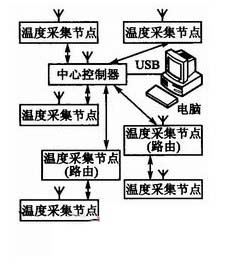
Figure 1 System structure
CC1110 chip contains CC1100 RF transceiver, and embedded enhanced 51 core single chip microcomputer. The chip is embedded with 32 KB of in-system programmable Flash memory, 4 KB of SRAM memory, 8-channel 8 to 14-bit A / D converter, 1 16-bit timer and 3 8-bit timers, 2 UART / SPI , RTC and 21 general-purpose I / 0. The high-performance wireless transceiver based on CC1100 works at 433 MHz, with good frequency stability and high sensitivity. The maximum speed of wireless data transmission can reach 500 kb / s. It uses a low power supply voltage (2.3 to 3.6 V). The current consumption during acquisition and transmission is 18 mA, and the current consumption during sleep is O. 5μA, the current consumption is very low, the operating temperature range is -40 ~ 85 ℃, suitable for harsh environments. CC1110 application circuit is shown as in Fig. 2.
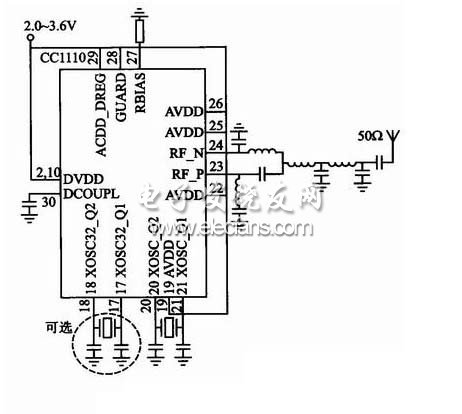
Figure 2 CC1110 application circuit
2 Network protocol design
The protocol adopts TI's proprietary low-power RF protocol for simple small RF networks-SimpliciTI network protocol, which can simplify the implementation and minimize the resource consumption of the microcontroller. The protocol can be run "out of the box" on a system-on-chip (SoC) such as CC111O / CC2510 or MSP430 ultra-low power microcontroller and CC11OX / CC2500RF transceiver. Properly designed RF protocols are critical to reduce power consumption in the final application.
The SimpliciTI network protocol is composed of Network Management (network management), Access Point, Frenquency Agility (jump), Range Extender, Eneyption (encryption), Battery-only Network (low-power network) modules.
The SimpliciTI network protocol mainly includes three layers: Application Layer (Application Layer), Network Layer (Network Layer), Lite Hardware Abstraetion Layer (hardware logic layer), as shown in Figure 3. SimpliciTI network encryption is handled at the network layer.
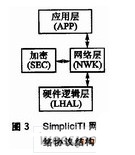
Figure 3 SimpliciTI network protocol structure
SimpliciTI's hardware logic layer mainly includes: Radio (radio frequency layer), BSP (application board support layer package). SimplieiTI has no physical layer (PHY) and data link layer (MAC / LLC). Data is received directly from the radio frequency layer. The role of the radio frequency layer is to directly receive the data. The protocol provides a board-level support layer program package BSP (Board SupPORT Package) connecting the radio frequency layer and the network layer (NWK). The BSP provides an SPI interface for communication between the radio frequency layer and the network layer. BSP is not a hardware network logic layer in the traditional sense, it is not just a service support for communication between the radio frequency layer and the network layer. BSP conveniently provides the definition of LED, KEYS and GPIO pins, but other related definitions are not provided, such as serial port, LCD, timer, etc., users need to define according to their own procedures. The working principle of SimpliciTI network protocol is shown in Figure 4.
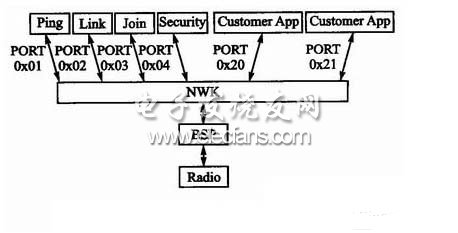
Figure 4 SimpliciTI network protocol working principle
The network layer is responsible for the following function management: frequency band management, frequency hopping support, wireless parameter management such as modulation mode, data transmission rate, encryption management, data transmission, CCA (Clear Channel * Estimation), network ID, device address, joining and connecting to the network.
The network layer manages radio frequency transmission and reception, and specifies the destination address. The destination address is specified by the interface number (PORT), the network layer will not do any frame processing. The concept of interface (PORT) is similar to the concept of PORT in TC-P / IP, it is an extension of the concept of address. The interface number ranges from 0x01 to 0x3F, where 0x01 to Ox1F are interfaces and Ox20 to 0x3F are user-defined. Interfaces are used by the network layer to manage the network. These interfaces cannot be applied by the user application layer. Just like the IP in TCP / IP must correspond to the corresponding physical address, the network layer will associate the interface number with the address during the connection process.
The application layer is divided into a network application layer (NWK Application) and a user program application layer (Peer Application). The network application layer provides network layer management. In addition to providing external PING access, it also provides many interfaces for users to develop. Table 1 lists related applications and descriptions in detail.
Table 1 User development interface of application layer

SimpliciTI supports 2 basic network topologies: star network topology and point-to-point peer-to-peer network topology. It also supports network topology expansion, that is, on the basis of the star network, the range expansion device network is a string network. This system adopts this kind of network topology, including one AP (Access Point), multiple RE (Range Extender), and multiple ED (End Device) terminals.
Led rear view backup camera come with infrared or white LED , really help you checking blind spots in darkness, make you parking and reversing more convenient.
- [Car Backup Camera with LED]Really help you checking blind spots in darkness make you parking and reversing more convenient
- [Waterproof IP68 Rating]Work great in all weathers, you don't need to worry about parking a car in rainy day
- [Low power consumption design]Consume less than 50 mA, Don't worry about heat will affect the backup camera's service life,It can be used for a long time.Operating temperature in -4℉ to 176℉
- [32FT total length wires]We offer LONGER WIRES to ensure Rear View Camera can perfect fit for most types of vehicles
-
[Customer Service]30-Day Money Back Guarantee; 12 Month Replacement Warranty And Lifetime Support .
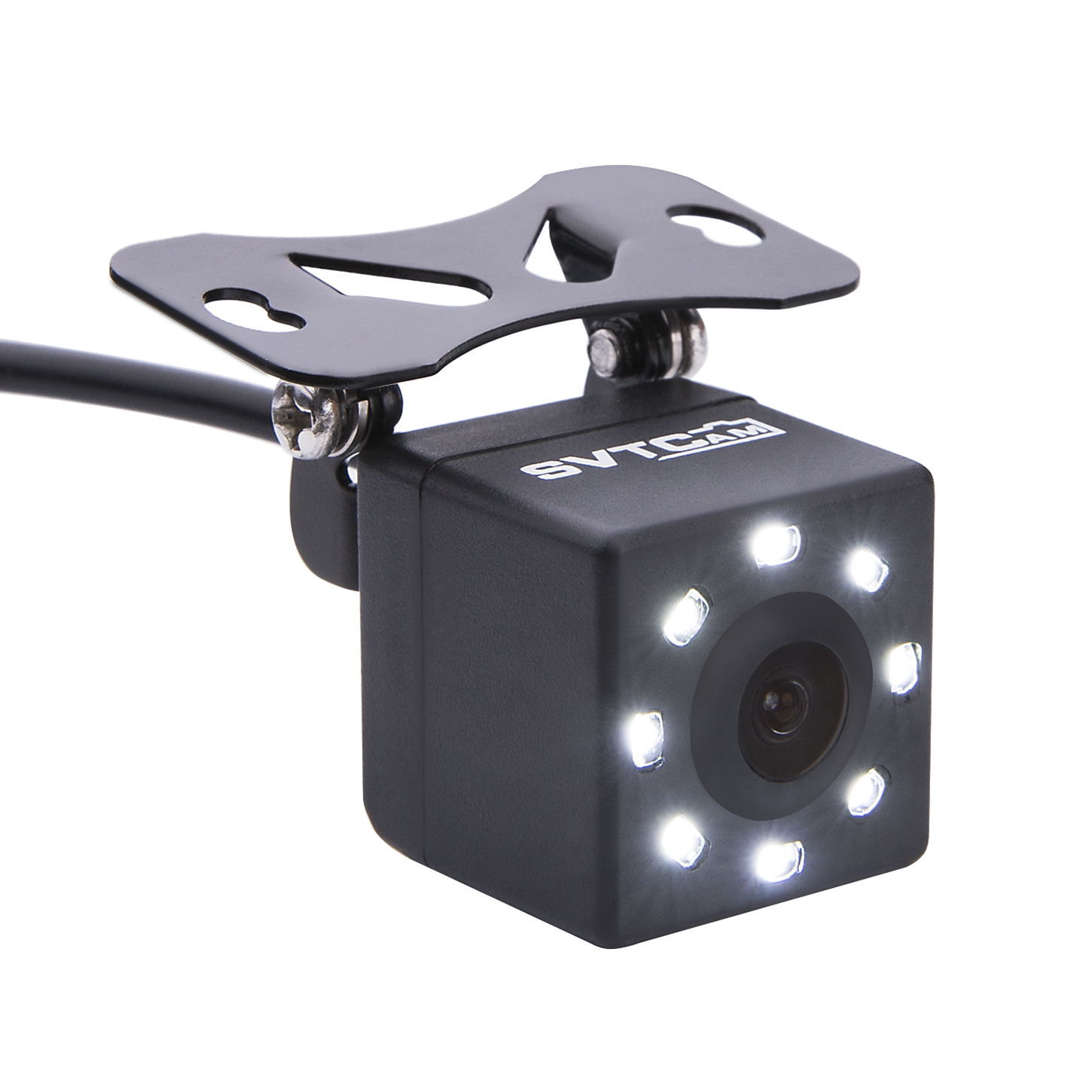
Backup Camera For Car,Led Rearview Backup Camera,Led Car Backup Camera,Led Hd Backup Camera
Shenzhen Sunveytech Co.,LTD , https://www.sunveytech.com